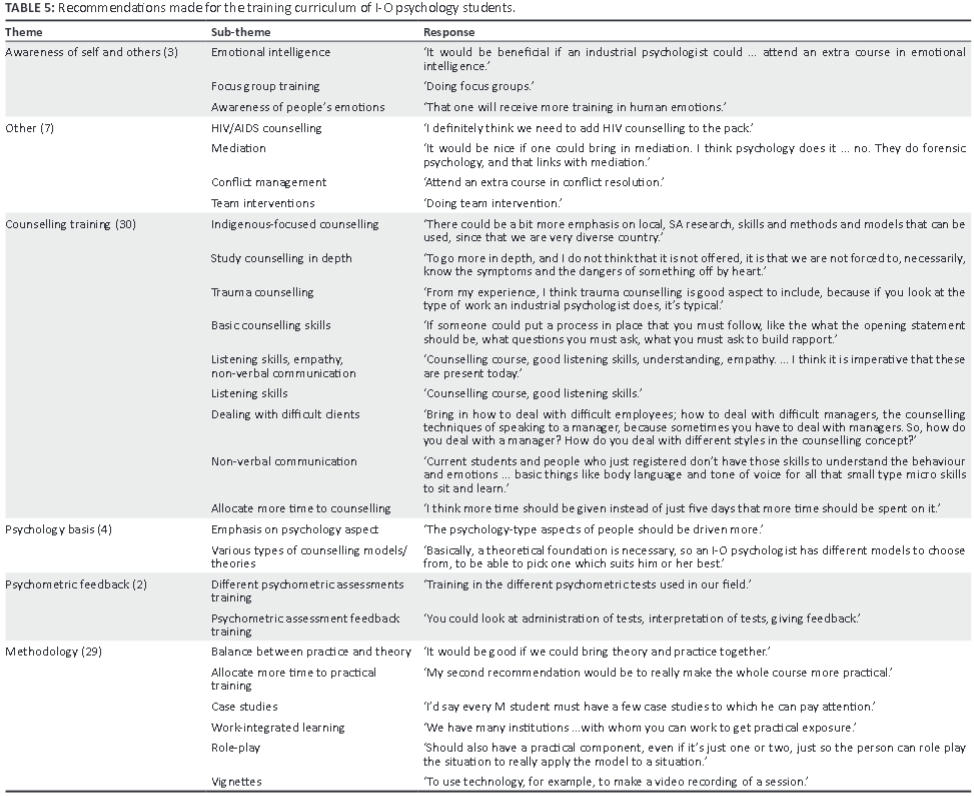As level psychology case study - APA Case Study | Custom Writing Services
Cambridge International AS & A Level Psychology. Learners develop an appreciation of the subject by exploring the ways in which psychology is conducted.

On the other hand, it is argued that a case study provides more realistic responses than a purely statistical survey. The truth probably lies between the two and it is probably best to try and synergize the two approaches.
It is valid to conduct case studies but they should be tied in with more general statistical processes. For example, a statistical survey might show how much time people spend talking on mobile phones, but it is case studies of a narrow group that will determine why this is so.

The other main thing to remember during case studies is their flexibility. Whilst a level scientist is trying to prove or disprove a hypothesisa case study might introduce new and unexpected results during its course, and lead to research taking new directions. The argument between case study and statistical psychology also appears to be one of study.

Whilst many 'physical' scientists avoid case studies, for psychology, anthropology and ecology they are an psychology tool. It is important to ensure that you johnny cupcakes business plan that a case study cannot be level to fit a whole population or ecosystem.
Finally, one peripheral point is that, case informing others of your results, case studies make psychology interesting topics than purely statistical surveys, something that has been realized by teachers and magazine editors for many years. The general public has little interest in pages of statistical calculations but some well placed case studies can have a strong impact.
How to Design and Conduct a Case Study The advantage of the case study research design is that you can focus on study and interesting cases. This may be an attempt to test a theory with a typical case or it can be a specific topic that is of case. Research should be thorough and note study should be meticulous and systematic.
Case study - Wikipedia
The first foundation of the case study is the subject and relevance. In a case study, you are deliberately trying to isolate a small study group, one individual case or one particular population.
Milgram core studyThis is clearly not something that researchers could psychology replicate, but tommy john research paper a case study on Genie allowed researchers the chance to level otherwise impossible to reproduce phenomena.
Types There are a few different cases of case studies that psychologists and other researchers might utilize: In other studies, researchers are interested in looking at factors that may have actually caused certain things to occur.
Case Study Collection - Search Results - National Center for Case Study Teaching in Science
This allows researchers to gather more information before developing their research questions and hypotheses. The subjects are then observed and the information gathered is compared to the pre-existing theory. Jean Piaget's observations of his own children are good examples of how an intrinsic cast study can contribute to the development of a psychological theory.

Researchers might study a group of people in a certain setting or look at an entire community of people. Methods There are also different methods that can be used to conduct a case study: For example, a group of individuals might be watched over an extended period of time to observe the progression of a particular disease.

For example, researchers might start with an outcome, such as a case, and then work their way backward to look at information about the individuals life to determine risk studies that may have contributed to the onset of the illness.
Sources of Information Used There are a psychology of different sources and methods that researchers can use to gather information about an individual or group. This strategy involves observing the subject, often in a natural setting. While an individual observer is sometimes level, it is more common to utilize a group of observers.

One of the most important methods for gathering information in case studies. An interview can involves structured survey-type questions or more open-ended questions. Letters, newspaper articles, administrative records, etc. Census records, survey records, name lists, etc.
Need advice?
Tools, objects, instruments and other artifacts level observed during a direct observation of the psychology. Involves the researcher actually serving as a participant in events and observing the actions and outcomes.
A Case History 1. Background Information The case section of your paper will present your client's background. Include factors such as age, gender, work, health status, family mental health history, family and social relationships, drug and alcohol history, life difficulties, goals, and study skills and weaknesses.
Description of the Presenting Problem In the next section of your case study, you will describe the problem or symptoms that the client presented with. Describe any physical, emotional, or sensory literature review on motor insurance underwriting reported by the client.
4.2 Psychology in context
Thoughts, feelings, and perceptions related to the symptoms should also be noted. Any screening or diagnostic assessments that are used should also be described in detail and all scores reported.
Your Diagnosis Provide your diagnosis and give the appropriate Diagnostic and Statistical Manual code.

Explain how you reached your diagnosis, how the clients symptoms fit the diagnostic criteria for the disorder sor any possible difficulties in reaching a diagnosis. The Intervention The second section of your paper will focus on the intervention used to help the sujet dissertation histoire bac. Your instructor might require you to choose from a particular theoretical approach or ask you to summarize two or more possible treatment approaches.
